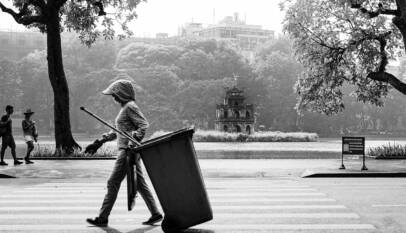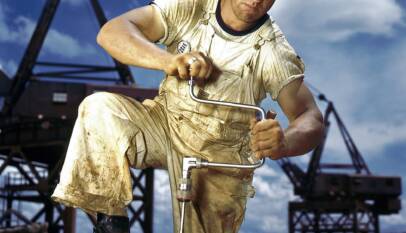Drainage Cleaning Essentials for Effective Home Maintenance
Drainage cleaning is the process of removing blockages and buildup from pipes to ensure water flows smoothly. It addresses common issues like slow drains, foul odors, and water backups caused by debris, grease, or roots obstructing the system. Regular drainage cleaning prevents costly repairs and maintains proper water flow.
Many homes and businesses experience clogged drains due to everyday use, making drainage cleaning a necessary maintenance task. Identifying and clearing these blockages promptly helps avoid structural damage and health hazards associated with stagnant water.
Professional drain cleaning uses specialized tools and techniques to clear pipes efficiently, but homeowners can also take simple preventive steps to keep drains clear. Understanding the importance and methods of drainage cleaning encourages proactive care for plumbing systems.
Essential Drainage Cleaning Techniques
Drainage cleaning involves a range of practical methods to remove clogs and maintain clear pipes. It typically includes physical block removal, chemical agents tailored to dissolve debris, and advanced water pressure techniques to clean deeper obstructions.
Manual Drain Clearing Methods
Manual methods use basic tools to dislodge clogs physically. Tools like plungers, hand-operated drain snakes, and augers break up or pull out debris blocking a pipe.
Plungers create suction to loosen minor clogs near the drain opening. Drain snakes extend into pipes, using a rotating or flexible coil to remove hair, grease, or buildup. Augers target deeper blockages with more force.
This approach requires no chemicals and is effective for small to moderate blockages. It depends on the user’s skill and can be limited by pipe shape or clog location.
Chemical Solutions for Clog Removal
Chemical cleaners employ acids or enzymes to dissolve organic materials like grease, hair, and soap scum. Strong alkaline or acidic chemicals break down clogs quickly.
Common options include caustic soda, sulfuric acid, or enzyme-based products. Each varies in strength and pipe compatibility. Enzyme cleaners are safer for frequent use and eco-friendlier but act slower.
Users must handle chemicals carefully, follow manufacturer instructions, and avoid mixing products to prevent hazardous reactions. Not all drains respond well; metal pipes tolerate these better than PVC or older plumbing.
Hydro Jetting and Power Flushing
Hydro jetting uses high-pressure water streams to clear heavy blockages and clean pipe interiors thoroughly. It removes grease, scale, roots, and sediment buildup effectively.
Power flushing involves a similar principle but with less intense pressure, suitable for routine maintenance to prevent clogs. Both methods require specialized equipment and professional operation.
These techniques clear pipes without damaging them and restore flow capacity. They can access hard-to-reach areas and provide long-term results beyond simple clog removal.
Preventing Future Drain Blockages
Preventing blockages requires consistent care and an understanding of everyday habits that cause clogs. Regular upkeep keeps drains flowing freely, while recognizing typical causes helps avoid future issues.
Routine Maintenance Best Practices
Regular cleaning prevents buildup that causes slow drains or backups. Using a drain strainer catches hair, food particles, and debris before they enter pipes. Flushing drains monthly with hot water dissolves grease and soap scum.
Avoid pouring grease or oil down the drain, as they solidify and restrict flow. Enzymatic drain cleaners can be used cautiously to break down organic matter without damaging pipes. Inspecting and clearing outdoor drains of leaves and dirt is also essential, especially before rainy seasons.
Scheduling professional inspections every 12 to 18 months can identify early signs of blockage or pipe damage, saving costly repairs later.
Identifying Common Causes of Clogs
Hair, soap residue, and grease are frequent culprits in bathroom and kitchen drains. Hair combines with soap and oils to form dense blockages over time. Food particles and cooking fats cause most kitchen clogs when they accumulate inside pipes.
Non-flushable items such as wipes, sanitary products, and paper towels should never enter plumbing systems, as they do not break down and cause immediate blockages. Tree roots may infiltrate sewer lines, causing slow drainage and backups.
Understanding these causes allows for targeted actions like using hair catchers and disposing of grease in the trash rather than the sink.
Lawn Service Companies: Choosing the Best Provider for Quality and Reliability
Lawn service companies offer professional care to keep yards healthy, attractive, and well…













